Balancing Human Rights and Climate Change
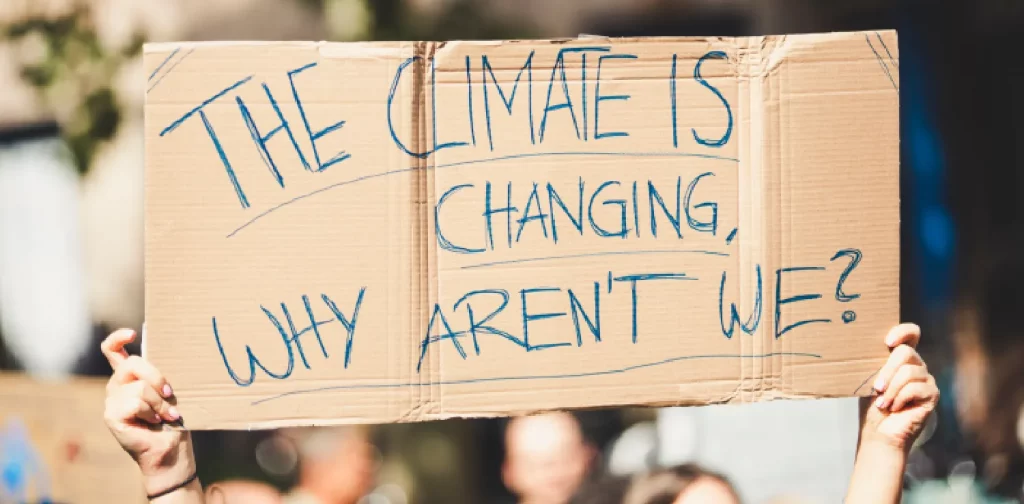
Photo by Markus Spiske on Unsplash.
We are living in a time of changes and uncertainties—global pandemic, humanitarian crises, and climate change. As discussions and movements in the name of sustainability arise, we should remember that humans are crucial. In this climate crisis, humans are the culprits, victims, and change-makers.
In July 2022, the United Nations General Assembly passed a resolution that recognizes the human right to a clean, healthy, and sustainable environment. Human rights and climate action are now more connected than ever.
Leaving No One Behind
Sustainability is about more than just the environment. So, climate actions and sustainability efforts should also keep human rights and prosperity in mind. Unfortunately, some climate adaptation and mitigation projects are guilty of human rights abuses in the name of “green transition”. For example, the livelihoods and living standards of local communities continue to be compromised in solar panel production and hydroelectric projects.
Governments and businesses worldwide are starting to adapt. National roadmaps, company policies, global frameworks, and other plans are—and will be—made and revised to face the challenges of climate change adequately. Integrating the spirit and values of human rights into the plans and solutions is crucial.
How do we integrate human rights into climate adaptation plans?
Summarized from United Nations Development Programme’s (UNDP) Briefing Note on Climate Change and the Business and Human Rights Agenda with a focus in Asia and the open letter from the United Nations High Commissioner for Human Rights on the post-2020 Global Biodiversity Framework, here are several key aspects to consider:
- Consultation with Key Stakeholders
Besides government and the private sector, policymaking in climate adaptation and mitigation should also consider the inputs of affected communities, vulnerable groups, and Indigenous Peoples.
- Rights of Indigenous Peoples
Indigenous peoples and local communities are knowledge-holders with a critical role in preserving biodiversity and ecosystems. Their human and cultural rights to lands, resources, territories, and education must be protected. According to the UN Declaration on the Rights of Indigenous Peoples (UNDRIP), Indigenous Peoples also have the right to participate and be consulted in the decision-making on matters that may affect them and their lands.
- Gender Equality
Climate actions should not exacerbate the existing gender discrimination and inequalities. They should consider gender-based impacts and respond accordingly, such as by giving women and girls equal access to land, natural resources, and finances. The equal, meaningful, and informed participation of women in decision-making is also important.
- Business Accountability
Laws and policies that force businesses to comply with human rights and climate adaptation measures should exist. Experts believe punitive measures such as fines might not be enough, especially for large companies. Legal liability, such as bans, might work better.
“The system is struggling to [raise the bar] because it’s a system that at the end of the day is based on profits which don’t account for the full, real value of commodities,” said Global Platform Sustainable Natural Rubber Director Stefano Savi.
- Public Participation and Access to Justice
“Positive human rights and conservation outcomes depend on the empowerment and full and equal participation of all people in decisions that impact them,” said Volker Türk, the UN High Commissioner for Human Rights.
Governments should uphold their rights to participation, access to information, and access to justice by protecting human rights defenders against fear and intimidation tactics such as SLAPP. SLAPP is a strategic lawsuit against public participation meant to censor, intimidate, and silence critics with the threat of a lengthy, expensive legal battle.
- Economy
Climate finance governance should ensure the highest environmental and human rights standard compliance. There should also be safeguards to prevent the funding of climate projects that result in human rights violations and the exacerbation of social and economic inequalities.
- Monitoring and Implementation
Governments should facilitate transparent, participatory, and inclusive monitoring for climate adaptation and mitigation policies. Data should be disaggregated by gender, age, ethnicity, and other protected statuses to promote evidence-based decision-making.
Hand in Hand
Everything affects everything else. So, our transformation to be “greener” should progress together with our efforts to ensure human rights for all. The government, the private sector, and civil society must move forward together and keep each other in check for people and the planet.

Join Green Network Asia Membership
If you find this content useful, support Green Network Asia’s movement to create positive impact for people and the planet through public education and multi-stakeholder advocacy on sustainability-related issues and sustainable development. Get exclusive benefits for your personal and professional development.
Become a Member Now

 Building Heat Resilience Amidst Rising Risk in the Asia-Pacific
Building Heat Resilience Amidst Rising Risk in the Asia-Pacific  Sounds Right and Recognizing Nature as an Artist for Biodiversity Conservation
Sounds Right and Recognizing Nature as an Artist for Biodiversity Conservation 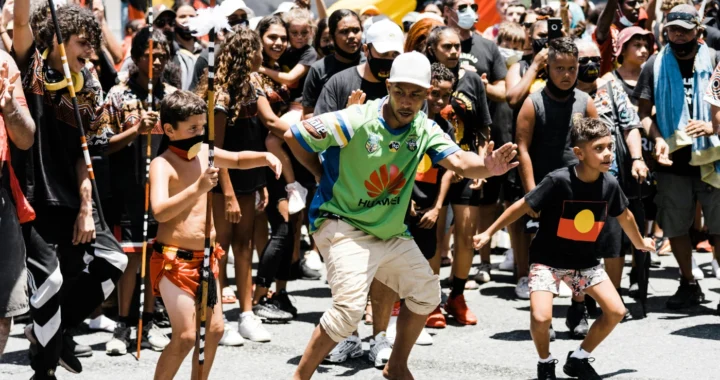 Statewide Treaty Bill: Australia’s First Treaty with the Indigenous Australians Passed in Victoria
Statewide Treaty Bill: Australia’s First Treaty with the Indigenous Australians Passed in Victoria 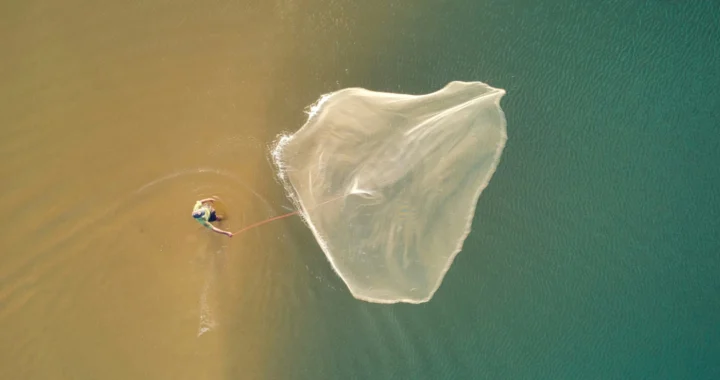 Involving Coastal Communities in Tackling Ghost Nets Pollution
Involving Coastal Communities in Tackling Ghost Nets Pollution 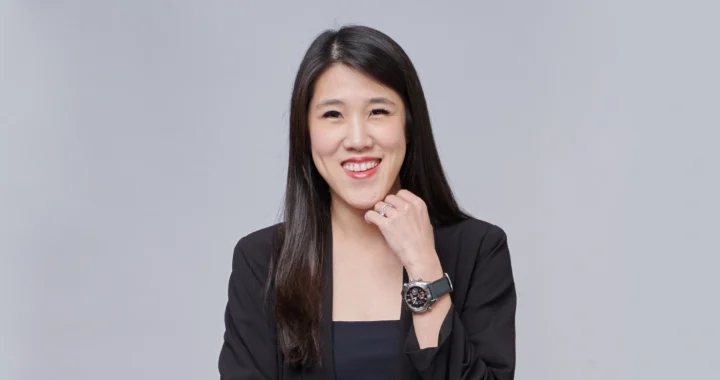 An Interview with Jasmin Lim, Chief Marketing Officer at BH Global
An Interview with Jasmin Lim, Chief Marketing Officer at BH Global 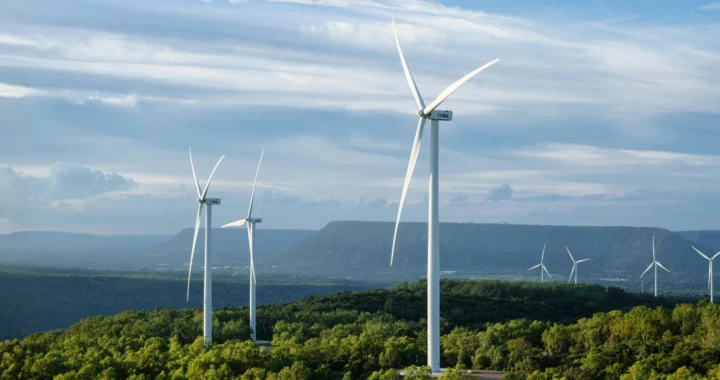 The Monsoon Wind Power Project Supports Energy Transition Across Borders in Southeast Asia
The Monsoon Wind Power Project Supports Energy Transition Across Borders in Southeast Asia